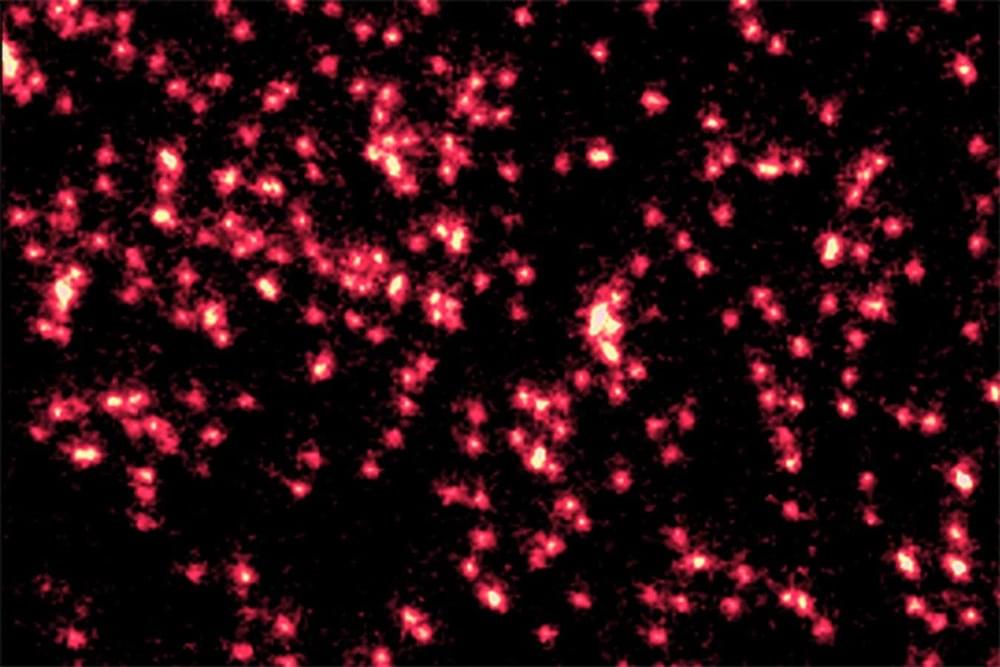In the 1920s, Erwin Schrödinger wrote an equation that predicts how particles-turned-waves should behave. Now, researchers are perfectly recreating those predictions in the lab.
After some inventive sleuthing, the mission team can — for the first time in five months — check the health and status of the most distant human-made object in existence.
Cutting-edge research introduces ultra-light, flexible solar cells for sustainable, long-term energy independence.
Now that we can generate clean, renewable energy from the wind and sun, one of the most pressing questions facing the clean energy transition is how to effectively store that energy for future use. For one city in Finland, the answer is a giant underground cavern.
Vantaan Energia has announced that it will construct a massive underground seasonal thermal energy storage facility for the city of Vantaa, the country’s fourth-most-populous municipality. The facility will be twice the size of Madison Square Garden, New Atlas reported.
“The world is undergoing a huge energy transition,” Vantaan Energia CEO Jukka Toivonen said. “Wind and solar power have become vital technologies in the transition from fossil fuels to clean energy. The biggest challenge of the energy transition so far has been the inability to store these intermittent forms of energy for later use. Unfortunately, small-scale storage solutions, such as batteries or accumulators, are not sufficient; large, industrial-scale storage solutions are needed.”
Forget painting the town red. Revelers wanting to escape the heat may be adopting a new turn of phrase following the recently revealed results of a real-world study.
As detailed by Phys.org, NTU Singapore researchers found that using “cool paint coatings” in urban areas resulted in pedestrians feeling 2.7 degrees Fahrenheit cooler — helping to mitigate the dreaded heat island effect.
“This is a minimally intrusive solution for urban cooling that has an immediate effect, compared to other options that often require major urban redevelopment to deploy,” lead author Dr. E V S Kiran Kumar Donthu told the outlet.
“We want to better understand what causes cancer to resist or respond to immunotherapy to help design more effective strategies for patients,” said senior author Gregory Beatty, MD, PhD, an associate professor of hematology-oncology and the director of clinical and translational research for the Penn Pancreatic Cancer Research Center. “Our findings show that liver cells—with their release of SAA proteins—effectively serve as an immune checkpoint regulating anticancer immunity, making them a promising therapeutic target.”
The study builds on previous research from the team, including co-lead authors Meredith Stone, PhD, a research associate, and Jesse Lee, a graduate student, into liver inflammation in cancer: In a 2019 study, they showed how it promotes pancreatic tumor metastasis to that organ. In 2021, researchers from the Beatty Lab observed that systemic inflammation, involving many of the same molecules implicated in liver metastasis, is associated with worse responses to immunotherapies in pancreatic cancer patients.
The latest study was designed to investigate in more detail how liver inflammation may block the effects of these immune-boosting therapies.
From the article:
Were the moves getting better because some players cheated by using the AI?
For many decades, it seemed professional Go players had reached a hard limit on how well it is possible to play. Then AI beat them.
A team of astronomers believes the near-Earth asteroid Kamo’oalewa, a space rock between 130 and 328 feet in diameter, was once part of the Moon.
More specifically, a research team led by Tsinghua University astronomer Yifei Jiao suggests the rock was gouged from a geological feature on the far side of the Moon called the Giordano Bruno crater, named after a 16th-century Italian cosmological theorist.
“We have explored the processes for impact-induced lunar fragments migrating into Earth co-orbital space and presented support for Kamo’oalewa’s possible origin from the formation of the Giordano Bruno crater a few million years ago,” the researchers write in their paper published in the journal Nature Astronomy last week.
Meta AI has gotten an upgrade and a new web interface, and it just might be the true ChatGPT killer.
Saudi Arabia hopes that bankers will shell out cash once they see the progress on its futuristic desert city, Neom, in person.









